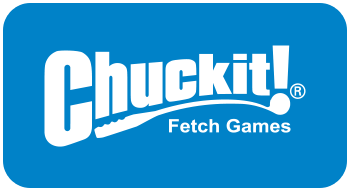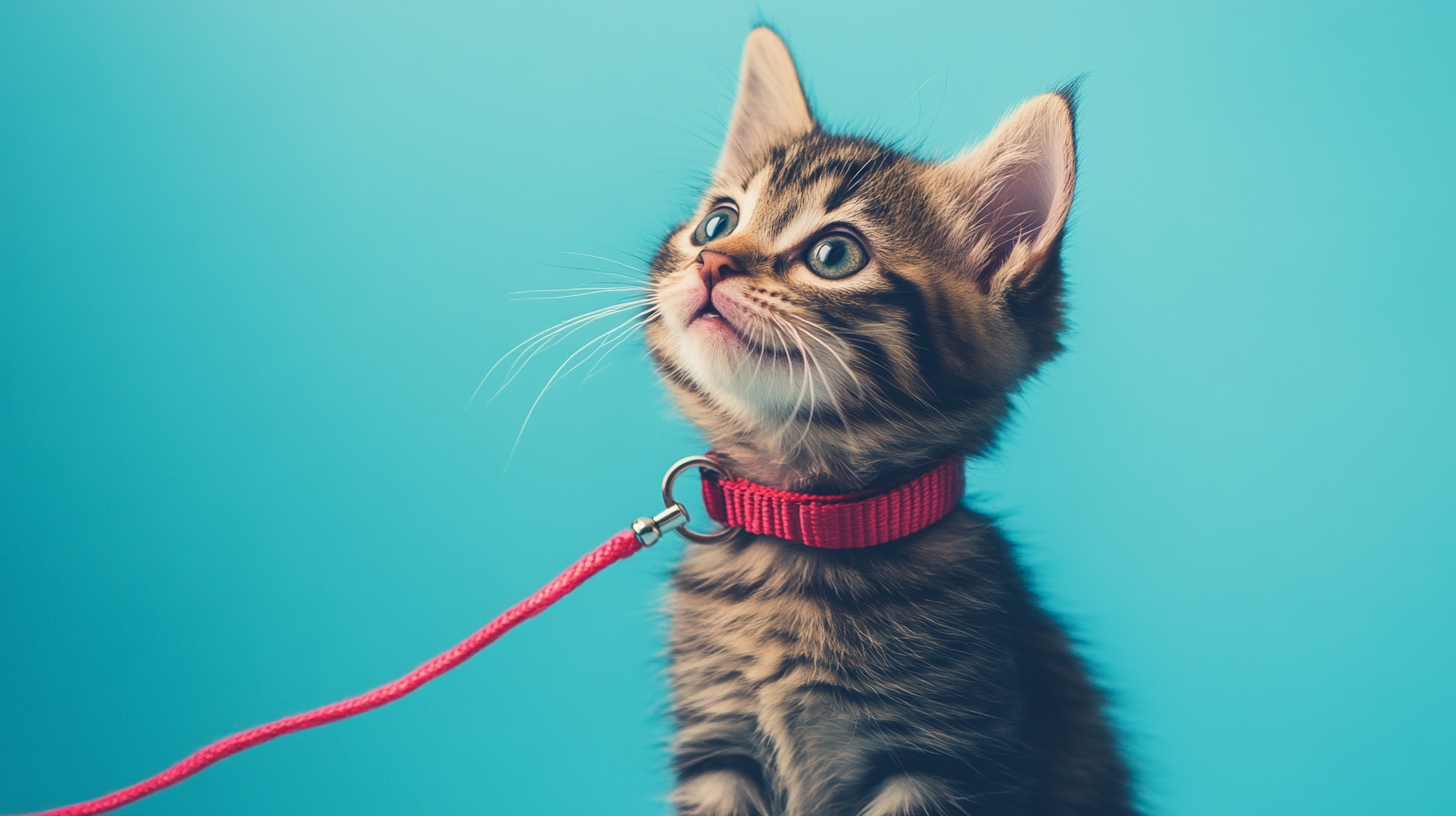You have no items in your shopping cart.

- Home /
- Blog
Navigating the Global Market: Essential Insights for Sourcing Pet Accessories Efficiently
In today's rapidly evolving global market, the demand for pet accessories has surged, reflecting pet owners' desire to provide the best for their furry companions. As pet care becomes increasingly personalized, sourcing high-quality products that satisfy both consumer expectations and ethical standards has become a paramount concern for businesses in this sector. Navigating this complex landscape requires not only a keen understanding of market trends but also a strategic approach to sourcing that optimizes cost, quality, and sustainability.
The journey to efficient sourcing of pet accessories can be daunting, especially for new entrants in the market. To successfully tap into this lucrative niche, businesses must be equipped with essential insights that guide them through supply chain complexities, vendor selection, and market entry strategies. This blog aims to provide valuable information and practical tips for companies looking to enhance their sourcing processes, ensuring they can meet the demands of a discerning customer base while fostering long-term growth in the pet accessories industry.

Understanding the Global Pet Accessories Market: Trends and Opportunities
The global pet accessories market is witnessing a remarkable transformation, characterized by a surge in demand driven by pet ownership trends and innovative product offerings. Pet parents are increasingly viewing their furry companions as members of the family, leading to a willingness to invest in high-quality, stylish, and functional accessories. This cultural shift opens up significant opportunities for businesses looking to enter or expand within this dynamic market.
One of the primary trends reshaping the landscape is the increasing emphasis on sustainability and eco-friendliness. Consumers are more informed and are seeking products that not only enhance their pets' lives but also minimize environmental impact. Brands that prioritize sustainable materials and ethical manufacturing practices are gaining a competitive edge. Additionally, the rise of e-commerce platforms has made it easier for companies to reach a global audience, allowing them to tap into niche markets and cater to diverse consumer preferences across different regions.
Another noteworthy trend is the integration of technology within pet accessories. Smart collars, automated feeders, and interactive toys are becoming more prevalent, providing pet owners with innovative solutions to better care for their animals. As pet tech continues to evolve, businesses that can harness technology to create unique, user-friendly products will likely find substantial growth opportunities. Engaging with these emerging trends can help companies navigate the complexities of the global pet accessories market and position themselves for long-term success.

Key Factors Influencing Pet Accessory Sourcing Decisions
In today's evolving landscape of pet ownership, understanding the key factors that influence sourcing decisions for pet accessories is critical for stakeholders in the industry. Recent studies highlight that consumer purchasing behaviors are shifting dramatically, particularly as younger generations, like Gen Z, begin to dominate the market. With their distinctive digital-first mindset and spending power, Gen Z consumers are not only focused on product quality but are increasingly prioritizing sustainability in their buying choices. A joint study from McKinsey indicates that sales growth for products marketed as environmentally and socially responsible is on the rise, demonstrating a clear trend towards ethical consumption.
Moreover, as pet owners become more conscientious in their purchasing decisions, the importance of functional supplements and sustainable practices cannot be overstated. Research shows that 69% of pet owners consider packaging sustainability a key factor when selecting pet products, underscoring the necessity for brands to align their sourcing strategies with eco-friendly practices. Reports indicate that nutritional efficacy and quality also play significant roles in this decision-making process, often outweighing price concerns, particularly in markets like the US, where the pet food industry is projected to grow to $126.66 billion by 2024.
Additionally, as continuously evolving pet ownership trends reshape the market, suppliers must adapt their strategies to cater to these diverse consumer needs. For instance, in Belgium, price remains the top determinant for pet food purchases, yet a focus on quality and sustainability is emerging, revealing an intricate balance that brands must navigate. Ultimately, by integrating these insights into sourcing decisions, companies can better position themselves in a competitive landscape that values purpose and ethical considerations as much as price.
Navigating the Global Market: Pet Accessory Sourcing Trends
Cost-Effective Sourcing Strategies for Pet Products in Competitive Markets
In the competitive landscape of the pet accessories market, cost-effective sourcing strategies play a pivotal role in enhancing profitability and maintaining a solid market position. With the global pet accessories market projected to grow at a CAGR of 7.0%, businesses must leverage efficient supply chain management to optimize the flow of goods. This involves strategically selecting suppliers, negotiating favorable terms, and minimizing shipping costs, all while ensuring product quality and sustainability. By focusing on these fundamental aspects, companies can significantly reduce expenses and invest those savings into marketing and innovation.
The pet industry is rapidly evolving, with trends indicating a shift towards premium offerings and sustainable packaging. As pet owners increasingly seek high-quality products that align with their values, brands must adapt their sourcing strategies to meet these demands. This includes sourcing materials that are environmentally friendly and ensuring that suppliers align with ethical manufacturing practices. Embracing these trends not only caters to consumer preferences but also positions brands as leaders in the sustainability space, enhancing brand loyalty and customer retention.
Furthermore, understanding the impact of demographic shifts, particularly the influence of Gen Z on pet care, is crucial for effective sourcing. This generation prioritizes transparency and quality in the products they choose for their pets, prompting businesses to highlight the unique attributes of their offerings. By aligning sourcing decisions with these consumer insights, companies can create a compelling value proposition that resonates well in competitive markets, ultimately leading to increased sales and market share in the growing pet accessories sector.
Leveraging Technology to Streamline Pet Accessories Supply Chains
In today’s rapidly evolving global market, leveraging technology has become essential for businesses aiming to streamline their supply chains, particularly in the pet accessories sector. The integration of advanced software solutions and digital platforms enables companies to enhance efficiency and reduce operational costs. By utilizing data analytics, businesses can gain insights into consumer trends, inventory management, and demand forecasting, allowing for more strategic sourcing decisions.
Automation is another significant technological advancement that reshapes the sourcing process. Automated systems can handle repetitive tasks such as order processing and inventory tracking, freeing up valuable time for companies to focus on core business functions. Moreover, cloud-based solutions facilitate real-time collaboration between manufacturers, suppliers, and retailers, ensuring that everyone involved is on the same page. This interconnectedness reduces delays and errors, enhancing the overall efficiency of the supply chain.
Additionally, exploring innovative technologies like blockchain can offer unprecedented transparency and traceability in the sourcing of pet accessories. By implementing blockchain, companies can track the journey of products from manufacture to delivery, ensuring authenticity and ethical sourcing. This not only builds trust with consumers but also aligns with the growing demand for sustainability in the pet industry. Embracing these technological advancements is vital for businesses eager to stay competitive in the global market and meet the evolving needs of pet owners.
Navigating the Global Market: Essential Insights for Sourcing Pet Accessories Efficiently
| Sourcing Method | Technology Utilized | Benefits | Challenges | Key Insights |
|---|---|---|---|---|
| Direct Sourcing | E-commerce Platforms | Lower costs, better margins | Quality control issues | Establish reliable supplier relationships |
| Wholesale Buying | Inventory Management Software | Bulk discounts, variety | Investment in stock | Monitor trends to optimize inventory |
| Dropshipping | Automated Fulfillment Systems | No inventory costs | Lower profit margins | Focus on marketing and customer service |
| Local Suppliers | Supply Chain Management Tools | Short lead times, fresh products | Limited product range | Build a community-focused brand |
Sustainability in Pet Accessories: Meeting Consumer Demand and Compliance
As the pet accessories market continues to evolve, sustainability has emerged as a pivotal concern for both consumers and manufacturers. According to a recent report from Grand View Research, the global pet accessories market is projected to reach over $24 billion by 2025, with a significant portion of consumers actively seeking eco-friendly products. This shift towards sustainability is not merely a trend; it reflects a growing awareness about the environmental impact of pet product manufacturing and an increase in demand for responsible sourcing.
Sustainable practices in the production of pet accessories can encompass various strategies, from the use of recyclable materials to ethical labor practices. A survey by the Pet Sustainability Coalition revealed that nearly 70% of pet owners are willing to pay more for products that are environmentally friendly. This statistic underscores the necessity for brands to align their product offerings with consumer values. By prioritizing sustainable sourcing, companies not only meet regulatory compliance but also enhance their brand image and foster customer loyalty.
Moreover, compliance with sustainability standards has become integral to market success. Regulatory bodies are increasingly implementing guidelines that require transparency in sourcing and manufacturing processes. For instance, the European Union’s proposed legislation on sustainable products necessitates that manufacturers demonstrate the eco-friendliness of their goods. As such, businesses in the pet accessories sector must not only focus on creating appealing products but also ensure that they can substantiate claims regarding their sustainability efforts.

